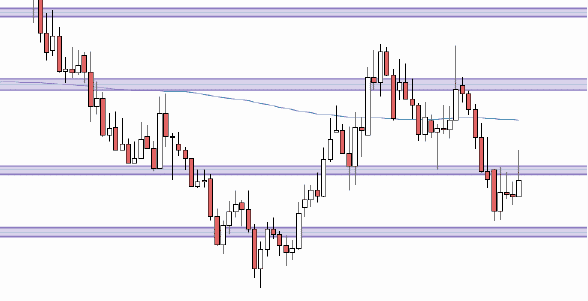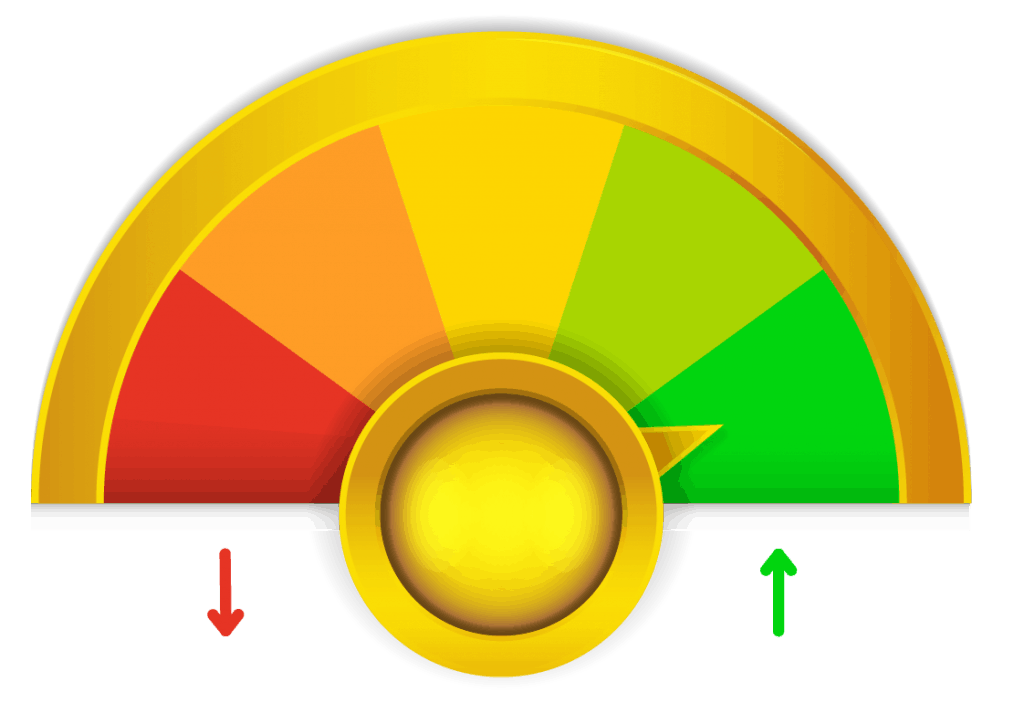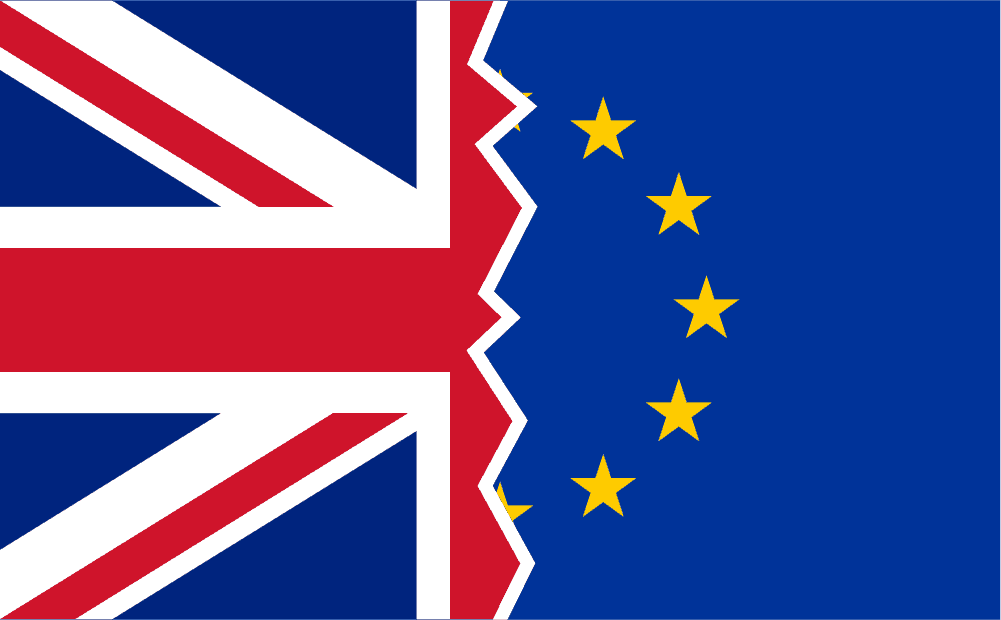So, what’s the difference between fundamental, technical, and sentiment analysis?
As a trader a big part of your trading ritual is analysing the forex market. It’s also one of the parts that people struggle with a lot because there are so many factors that could affect your analysis.
Things like your trading strategy, your mood, the news, etc, are all examples that could affect the outcome.
Knowing the difference between the types of analysis will allow you to merge them all together and create your own, perfectly tailored analysis!
What is Fundamental analysis?
Fundamental analysis is a way of analysing the forex market by looking at a country’s economic strength. Things like the political state, the economical situation, and the social situation of a country.
These could all affect a currency’s strength. When you look at news that covers all of these factors and base your analysis and trading decisions on those facts, that’s when you’re doing fundamental analysis.

What is Technical Analysis?
Technical Analysis is when you look at charts and predict what price is going to do by analysing previous data.
This includes looking at what price has done historically, you could be using indicators such as moving averages, or using support/resistance areas. Basically, anything to do with charts!
If you want to go a bit more in depth about both of these types of analysis, check out this free section for more!

What is Sentiment Analysis?
Sentiment Analysis is a type of analysis that is quite hard to explain or really understand.
It’s when you analyze how the market “feels” about a pair. It’s all about how traders might react to news or economic releases, or how strong a currency is.
You’ll use this sentiment analysis to decide whether it might be worth it to take a bigger risk. I’ll show you an example of sentiment analysis later on.
Just know that it is analysis based on what the general “feel” of the market is.

Which one is the best?
So, which type of analysis is the best?
None of them!
They all have their strengths and weaknesses.
If you ignore fundamental analysis, you could be surprised by news events.
If you ignore technical analysis, you could be affected by price movements at key levels!
If you completely ignore sentiment analysis and go with your own gut instead, you could be entering a trade in the completely wrong, illogical direction.
You won’t be taking into account the mood of the larger trading community. You need to be tuned in as to what the general opinion is of events. It will impact price, so it can’t just be ignored.
Combining all types of analysis is the best thing you can do for your trading. It’s very clear that you will need technical analysis because you cannot enter a trade without looking at your charts.
But fundamental and sentiment analysis might be a bit less clear. I personally don’t do a lot of fundamental analysis, but I do keep an eye on big news releases.
There are certain events that will definitely affect the market and if you trade without being aware of those, you might be in big trouble.
Let’s use Brexit as a recent example of big news.

Trading when the brexit vote was going on could have been disastrous for you. If you never do any fundamental analysis, you might have just traded straight through it.
Although, brexit would have been a bit hard to miss!
Here’s where sentiment analysis comes in as well.
Let’s pretend you decided to take a trade on GBP/USD. Chances are that you used sentiment analysis while taking that trade. It was very obvious that the overall sentiment was that if brexit happened, the pound would drop.
Of course, no one could predict that brexit was going to happen, but let’s say your opinion was that the people would vote to leave.
So, when you decided to take a GBP/USD trade, you most likely went short. Why would you go short? Because the overall sentiment seemed to say that the pound would drop if the UK voted to leave.
Of course, another part of fundamental analysis is knowing that when there’s big news coming out that covers a country’s political situation, it’s best to stay out of the market!
Many traders, including myself, did not trade GBP during that time. It was simply too risky because no one can predict what the forex market is actually going to do in a situation like that.
My strategy
My forex trading strategy is based on price action. Price action is a form of technical analysis. Therefore, you could argue that I do not combine all three analyses – but that is not true.
I mentioned it earlier already, but I do keep an eye out for news releases. I have been trading for so long now that my fundamental analysis has changed quite a bit, but I am still aware of the big economic releases.
I don’t just ignore it.
As for sentiment analysis, I avoid trading when there’s a lot of uncertainty. I am not a risky trader, so at times like Brexit or the US elections I stay out of the market. This is a form of sentiment analysis, although it is mostly combined with fundamental analysis.
I am aware of the fact that the result of that news is going to have a huge impact on the market. Not because of the news itself, but because traders will be taking a trade based on what they think that result is going to have on the market.
I’d rather not take that huge risk, but others will feel different.
Interested in reading more about my strategy? Head on over to the free strategy section here.


Comments are closed.